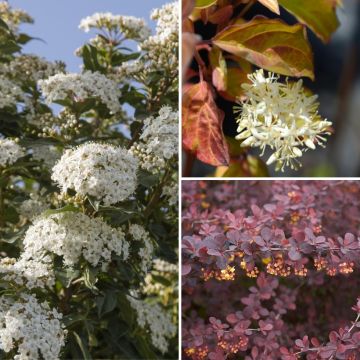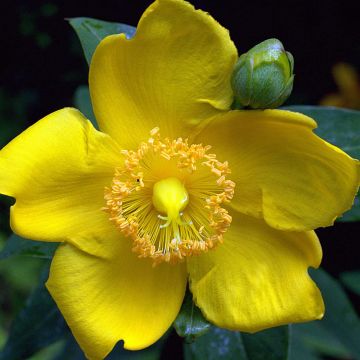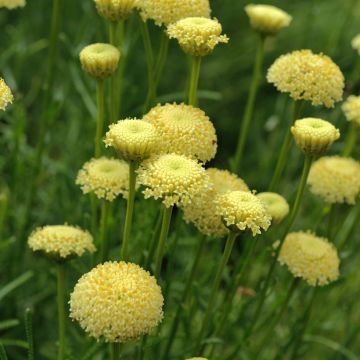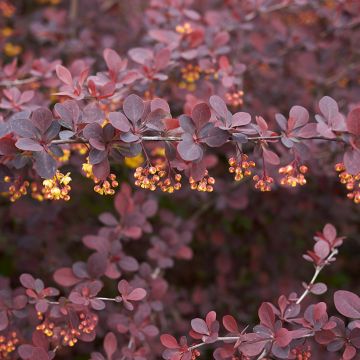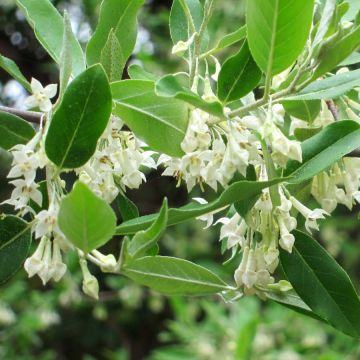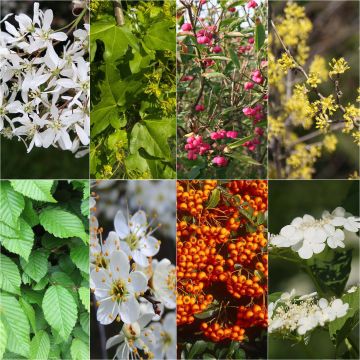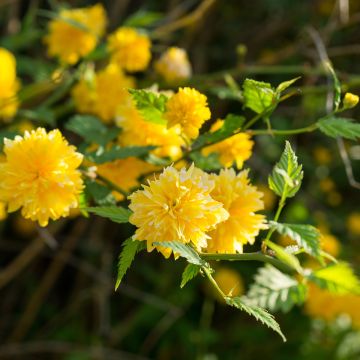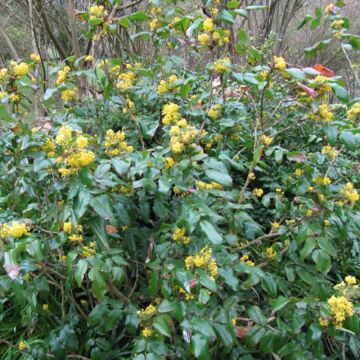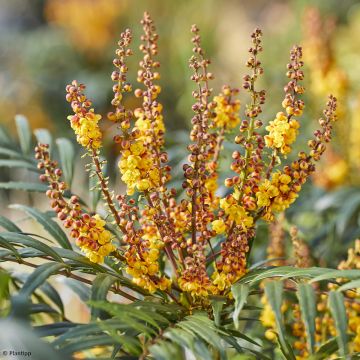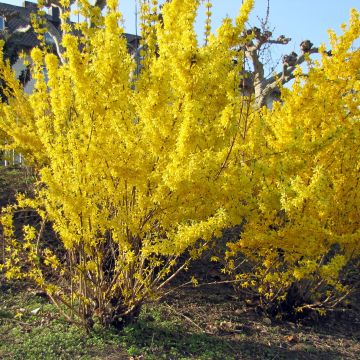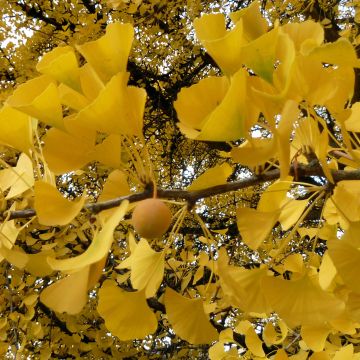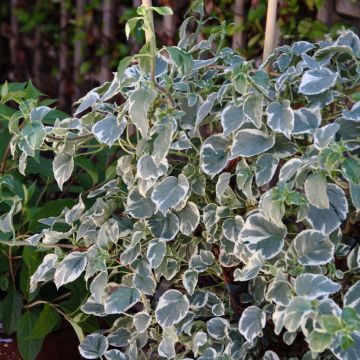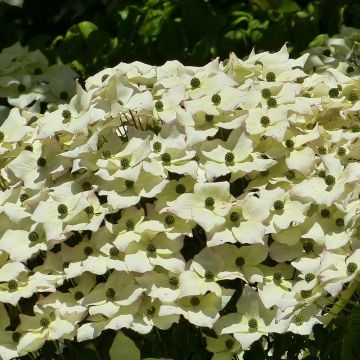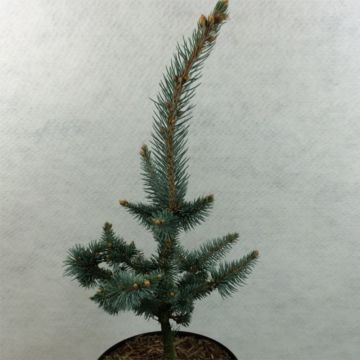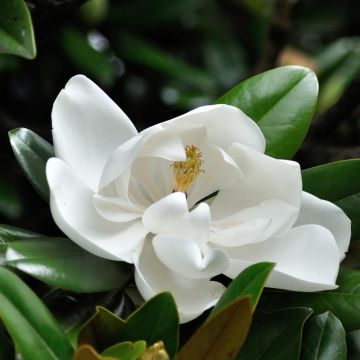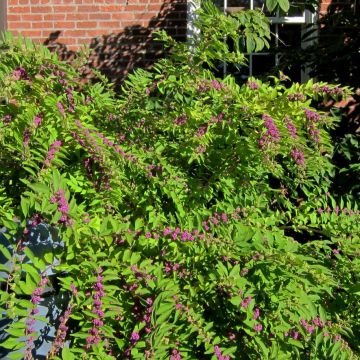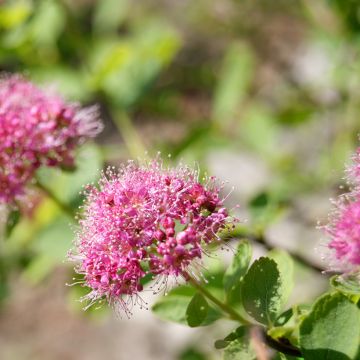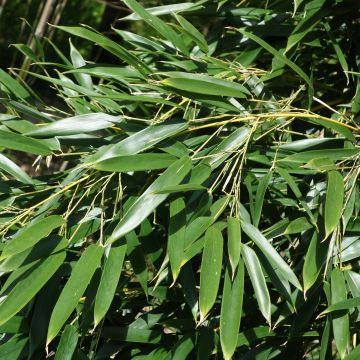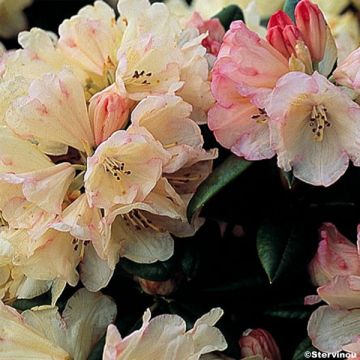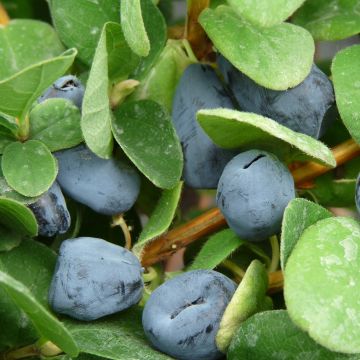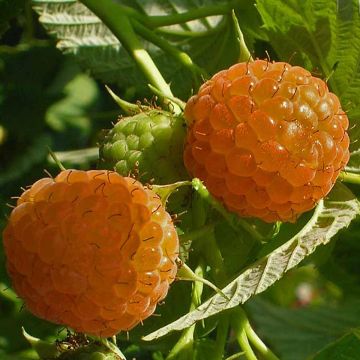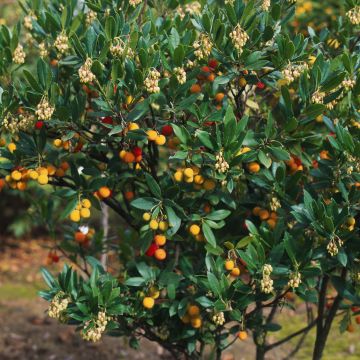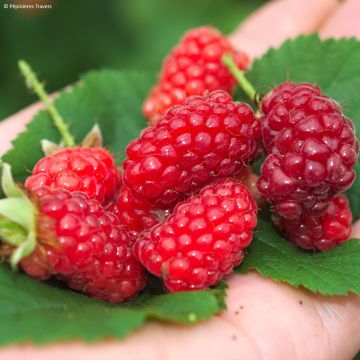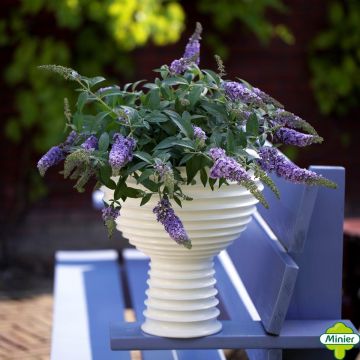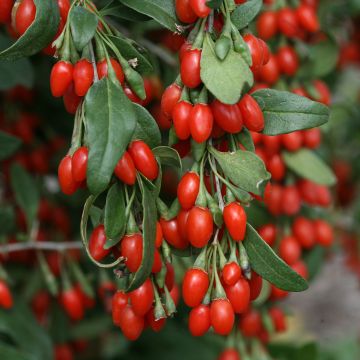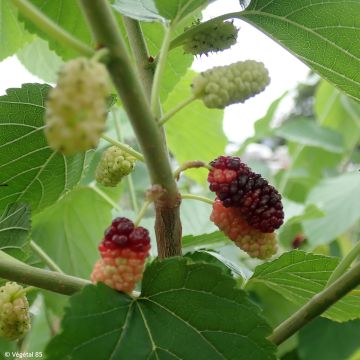Shipping country and language
Your country of residence may be:
Your country of residence is:
For a better user experience on our website, you can select:
Your shipping country:
Andorra
Austria
Belgium
Bulgaria
Canada
Chile
Croatia
Cyprus
Czechia
Denmark
Estonia
Finland
France
Germany
Greece
Hungary
Iceland
Ireland
Italy
Latvia
Lithuania
Luxembourg
Malta
Monaco
Netherlands
Poland
Portugal
Romania
Slovakia
Slovenia
Spain
Sweden
Switzerland
United Kingdom
We only deliver seed and bulb products to your country. If you add other products to your basket, they cannot be shipped.
Language:
French
German
Spanish
English
My Account
Hello
My wish lists
Plantfit
Log in / Register
Existing customer?
New customer?
Create an account to track your orders, access our customer service and, if you wish, make the most of our upcoming offers.
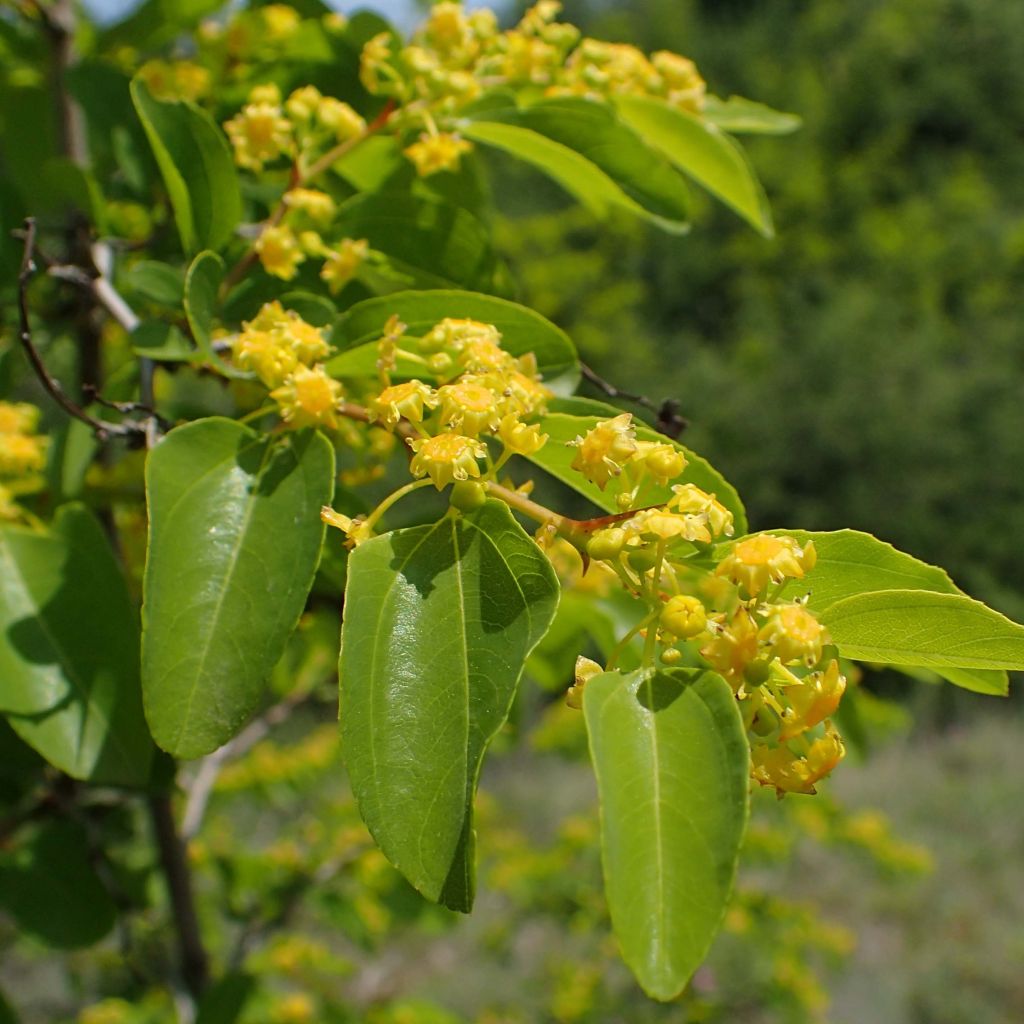

Paliurus spina-christi - Christ's Thorn
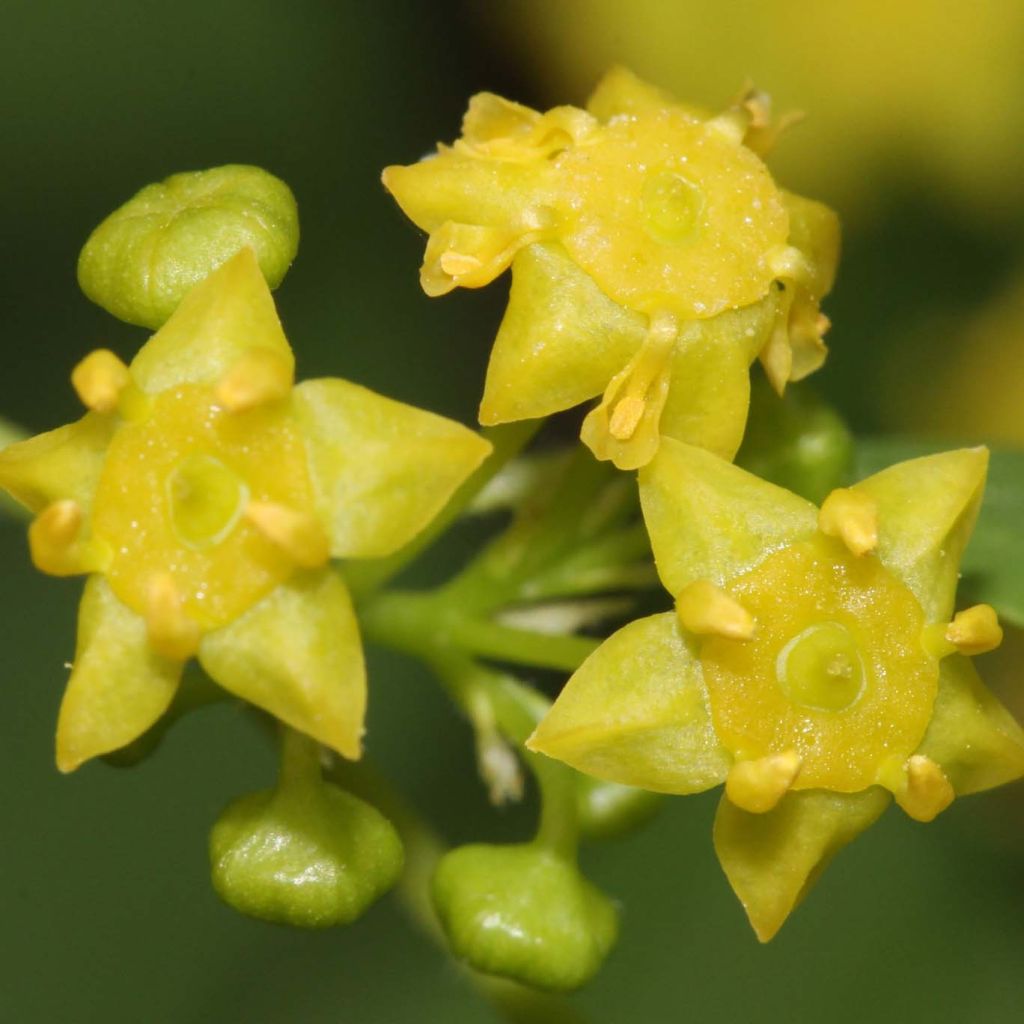

Paliurus spina-christi - Christ's Thorn
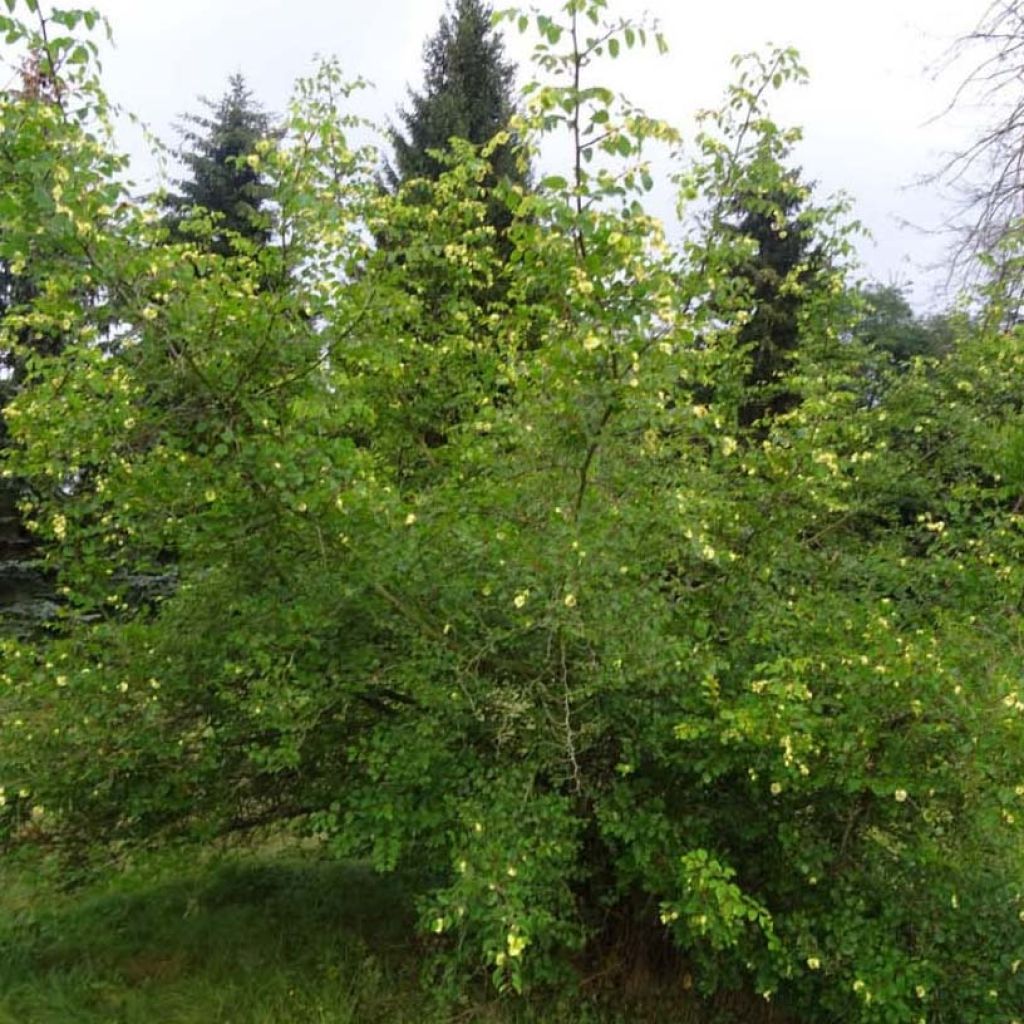

Paliurus spina-christi - Christ's Thorn
Paliurus spina-christi - Christ's Thorn
Paliurus spina-christi
Christ's Thorn, Jerusalem Thorn
Why not try an alternative variety in stock?
View all →Order in the next for dispatch today!
Dispatch by letter from €3.90.
Delivery charge from €5.90 Oversize package delivery charge from €6.90.
More information
This item is not available in your country.
Schedule delivery date,
and select date in basket
This plant carries a 24 months recovery warranty
More information
We guarantee the quality of our plants for a full growing cycle, and will replace at our expense any plant that fails to recover under normal climatic and planting conditions.
From €5.90 for pickup delivery and €6.90 for home delivery
Express home delivery from €8.90.
Does this plant fit my garden?
Set up your Plantfit profile →
Description
The Paliurus spina-christi is well known to surveyors of our Mediterranean scrublands. This deciduous bush is immediately recognizable in autumn and winter, with its slender branches slightly zigzagged and armed with formidable thorns, and covered with curious fruits, shaped like small flattened spinning tops or Andalusian hats of brown-pink color. Its other asset is a decorative flowering in clusters of chartreuse yellow in summer, on foliage of bright and shiny green. Its cultivation poses no problem in any type of well-drained soil, even poor, limestone and very dry in summer. It is often used to create highly effective defensive hedges in southern regions.
The crown of thorns bears this name because of a legend according to which the Paliurus spina-christi would have been used to make the crown of thorns of Christ. Native to southern Europe, western Asia and present up to Iran, this bush is spontaneous in the scrublands and limestone hills of Provence and Languedoc Roussillon. It extends northward to the Drôme. It is often found in barren and neglected places by other plants. This particularly undemanding and robust species is part of the Rhamnaceae family, it is a cousin of the buckthorn (Purgative Buckthorn), but also of the ceanothuses. It can withstand temperatures of around -12 to -15°C (10.4 to 5°F) at its peak.
This bush has a somewhat scruffy habit, it will reach an average height of 3m (10ft) with a spread of 1.50m (5ft), or even more in fertile soil. Its growth is moderately fast, about 20 to 30cm (8 to 12in) per year. Its quite thin branches, which meander and undulate, of dark brown colour, bear oval-shaped leaves and bright green colour, shiny on the top, from spring onwards. The small growths located at the base of the leaves, called stipules, transform into two spines of different appearance; one is straight and the other, shorter, is curved. They allow the plant to defend itself against herbivore teeth, but also to intertwine and climb into neighboring plants. The foliage takes on a beautiful yellow colour in autumn before falling.
Flowering takes place from June to August. Thin clusters of small yellow flowers with 5 petals develop at the axils of the leaves. The flowers, pollinated by bees, produce characteristic fruits, 2cm (1in) in diameter, dry and tough. They are formed by 3 fused stones surrounded by a pleated and undulated disc on the edge, with a papyraceous texture, changing from green to pale yellow and then to pinkish-brown.
The Paliurus spina-christi is naturally used in a defensive hedge or as a free hedge, but also in a large shrub bed. In a hedge, for example, combine it with a climbing shrub, Fremontodendron, laurel-tin, Publeurum fruticosum, evergreen ceanothuses, Teucrium fruticans, Phyllirea angustifolia.
Paliurus spina-christi - Christ's Thorn in pictures
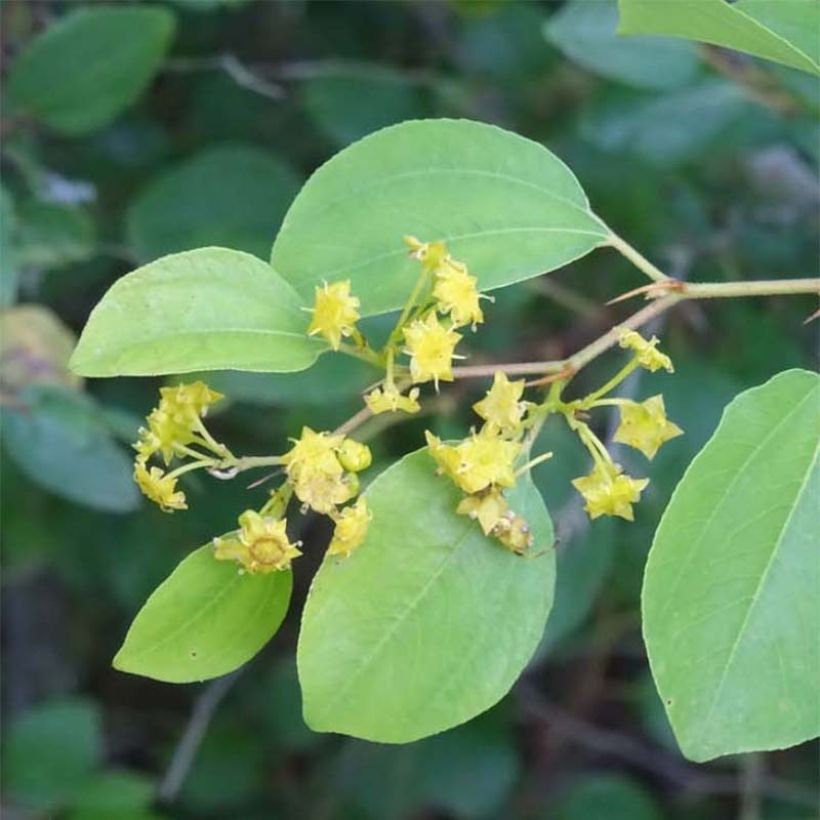

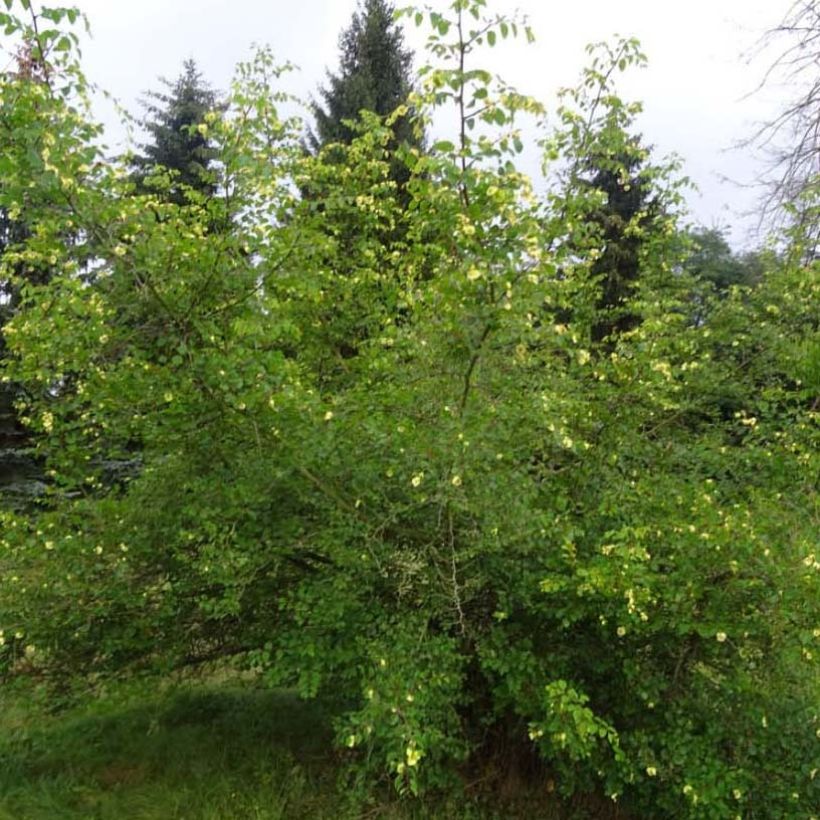

Plant habit
Flowering
Foliage
Botanical data
Paliurus
spina-christi
Rhamnaceae
Christ's Thorn, Jerusalem Thorn
Mediterranean
Other Shrubs A to Z
Planting and care
Place the Paliurus spina-christi in a sunny or partially shaded position. Plant it in ordinary, well-tilled and well-drained soil. It prefers limestone soils, but is really undemanding and adapts to mediocre, poor and rocky soils. Summer drought is not a problem once the bush is well established. Plant it all year round, excluding frost and periods of intense drought, mixing your garden soil with compost if it is poor, coarse sand, perlite or any material that does not retain moisture if it is very heavy and clayey. Water generously once or twice a week to promote recovery. Water only twice a month from the third year onwards, and only in case of drought. It is a plant that requires very little maintenance and grows without difficulty. Pruning is not essential, and requires some precautions due to the presence of formidable thorns. Fertilizer is unnecessary (just add a little horn at the bottom of the planting hole).
Planting period
Intended location
Care
This item has not been reviewed yet - be the first to leave a review about it.
Hedge shrubs
Haven't found what you were looking for?
Hardiness is the lowest winter temperature a plant can endure without suffering serious damage or even dying. However, hardiness is affected by location (a sheltered area, such as a patio), protection (winter cover) and soil type (hardiness is improved by well-drained soil).

Photo Sharing Terms & Conditions
In order to encourage gardeners to interact and share their experiences, Promesse de fleurs offers various media enabling content to be uploaded onto its Site - in particular via the ‘Photo sharing’ module.
The User agrees to refrain from:
- Posting any content that is illegal, prejudicial, insulting, racist, inciteful to hatred, revisionist, contrary to public decency, that infringes on privacy or on the privacy rights of third parties, in particular the publicity rights of persons and goods, intellectual property rights, or the right to privacy.
- Submitting content on behalf of a third party;
- Impersonate the identity of a third party and/or publish any personal information about a third party;
In general, the User undertakes to refrain from any unethical behaviour.
All Content (in particular text, comments, files, images, photos, videos, creative works, etc.), which may be subject to property or intellectual property rights, image or other private rights, shall remain the property of the User, subject to the limited rights granted by the terms of the licence granted by Promesse de fleurs as stated below. Users are at liberty to publish or not to publish such Content on the Site, notably via the ‘Photo Sharing’ facility, and accept that this Content shall be made public and freely accessible, notably on the Internet.
Users further acknowledge, undertake to have ,and guarantee that they hold all necessary rights and permissions to publish such material on the Site, in particular with regard to the legislation in force pertaining to any privacy, property, intellectual property, image, or contractual rights, or rights of any other nature. By publishing such Content on the Site, Users acknowledge accepting full liability as publishers of the Content within the meaning of the law, and grant Promesse de fleurs, free of charge, an inclusive, worldwide licence for the said Content for the entire duration of its publication, including all reproduction, representation, up/downloading, displaying, performing, transmission, and storage rights.
Users also grant permission for their name to be linked to the Content and accept that this link may not always be made available.
By engaging in posting material, Users consent to their Content becoming automatically accessible on the Internet, in particular on other sites and/or blogs and/or web pages of the Promesse de fleurs site, including in particular social pages and the Promesse de fleurs catalogue.
Users may secure the removal of entrusted content free of charge by issuing a simple request via our contact form.
The flowering period indicated on our website applies to countries and regions located in USDA zone 8 (France, the United Kingdom, Ireland, the Netherlands, etc.)
It will vary according to where you live:
- In zones 9 to 10 (Italy, Spain, Greece, etc.), flowering will occur about 2 to 4 weeks earlier.
- In zones 6 to 7 (Germany, Poland, Slovenia, and lower mountainous regions), flowering will be delayed by 2 to 3 weeks.
- In zone 5 (Central Europe, Scandinavia), blooming will be delayed by 3 to 5 weeks.
In temperate climates, pruning of spring-flowering shrubs (forsythia, spireas, etc.) should be done just after flowering.
Pruning of summer-flowering shrubs (Indian Lilac, Perovskia, etc.) can be done in winter or spring.
In cold regions as well as with frost-sensitive plants, avoid pruning too early when severe frosts may still occur.
The planting period indicated on our website applies to countries and regions located in USDA zone 8 (France, United Kingdom, Ireland, Netherlands).
It will vary according to where you live:
- In Mediterranean zones (Marseille, Madrid, Milan, etc.), autumn and winter are the best planting periods.
- In continental zones (Strasbourg, Munich, Vienna, etc.), delay planting by 2 to 3 weeks in spring and bring it forward by 2 to 4 weeks in autumn.
- In mountainous regions (the Alps, Pyrenees, Carpathians, etc.), it is best to plant in late spring (May-June) or late summer (August-September).
The harvesting period indicated on our website applies to countries and regions in USDA zone 8 (France, England, Ireland, the Netherlands).
In colder areas (Scandinavia, Poland, Austria...) fruit and vegetable harvests are likely to be delayed by 3-4 weeks.
In warmer areas (Italy, Spain, Greece, etc.), harvesting will probably take place earlier, depending on weather conditions.
The sowing periods indicated on our website apply to countries and regions within USDA Zone 8 (France, UK, Ireland, Netherlands).
In colder areas (Scandinavia, Poland, Austria...), delay any outdoor sowing by 3-4 weeks, or sow under glass.
In warmer climes (Italy, Spain, Greece, etc.), bring outdoor sowing forward by a few weeks.
